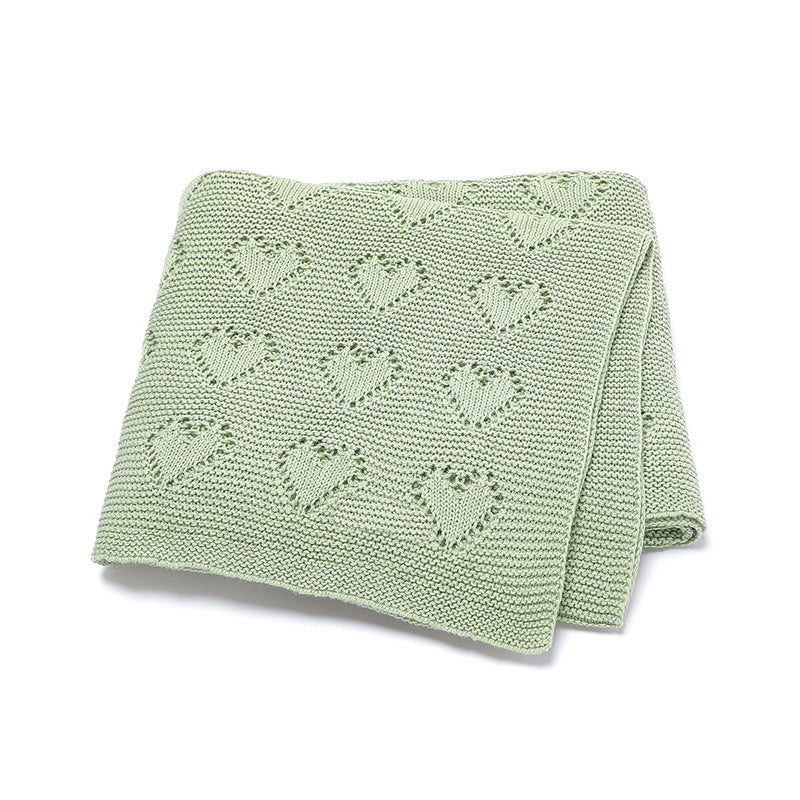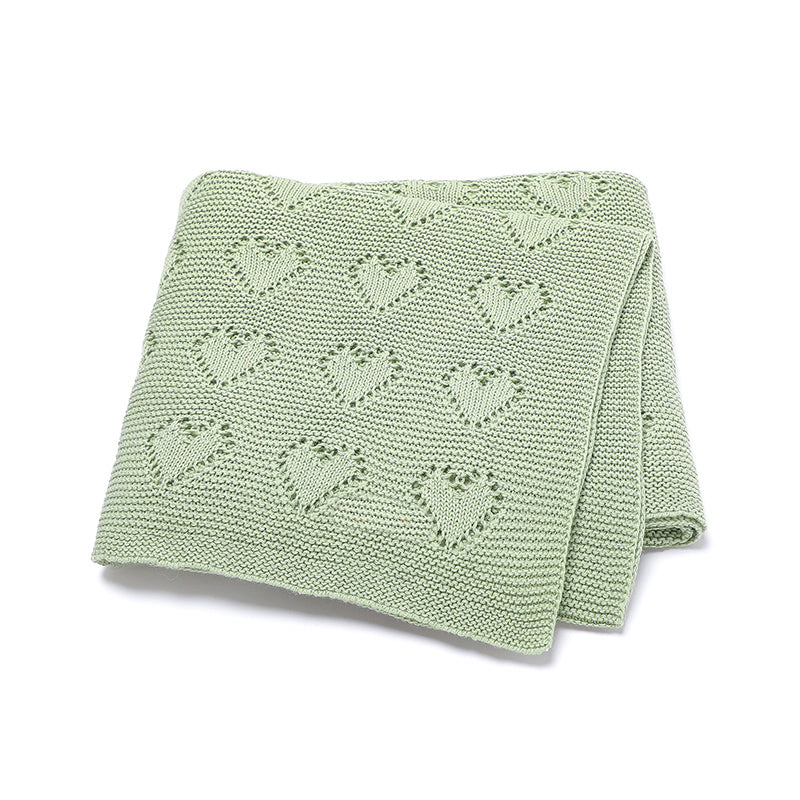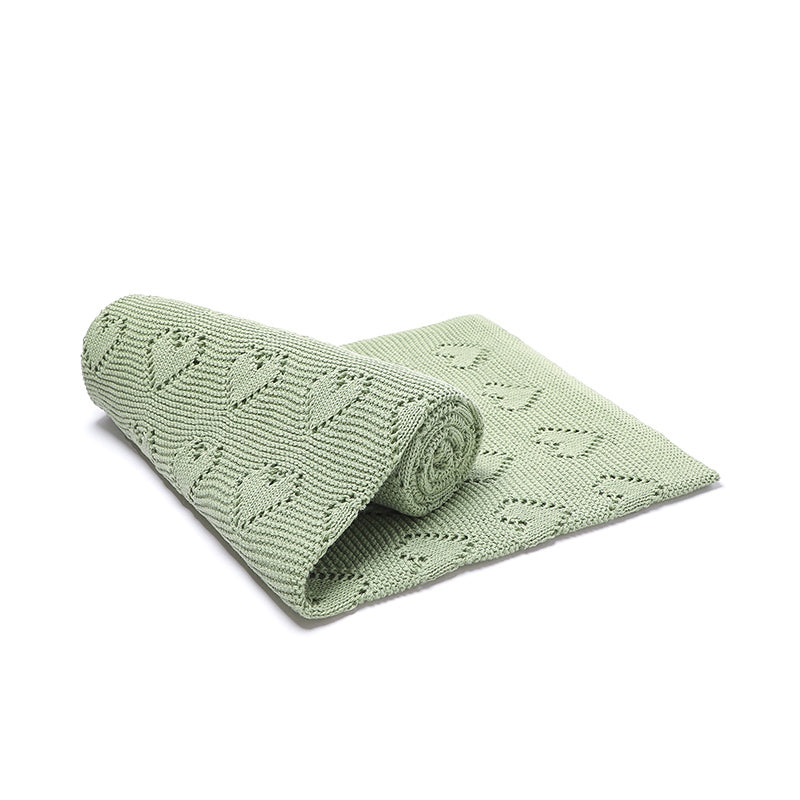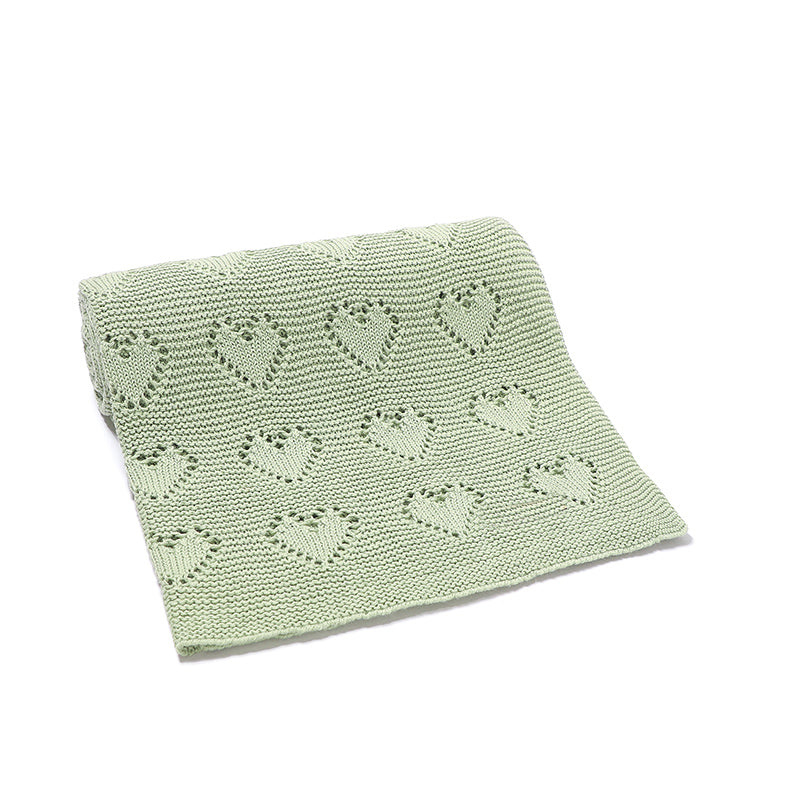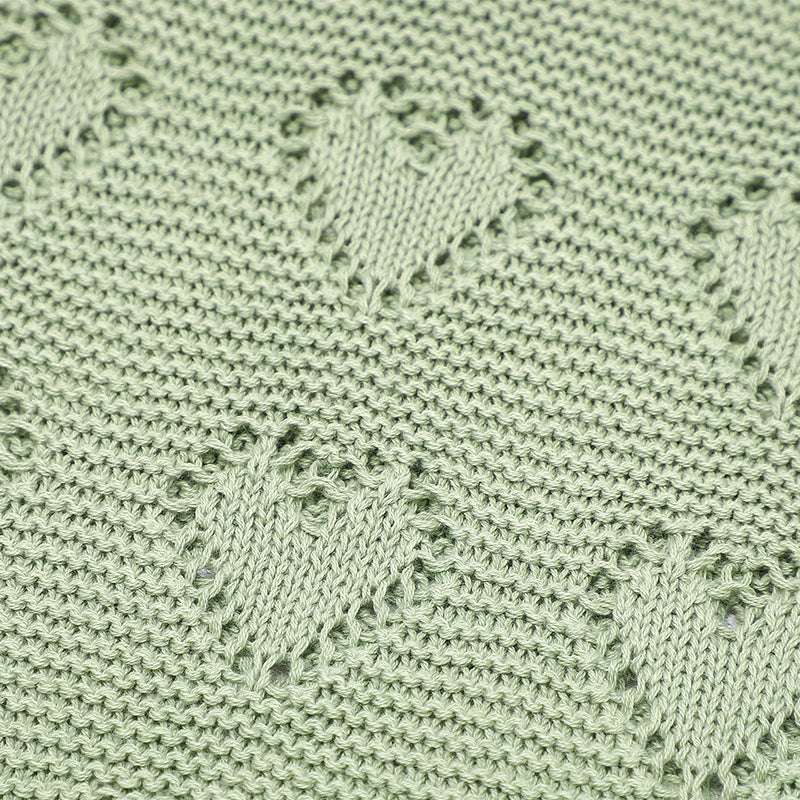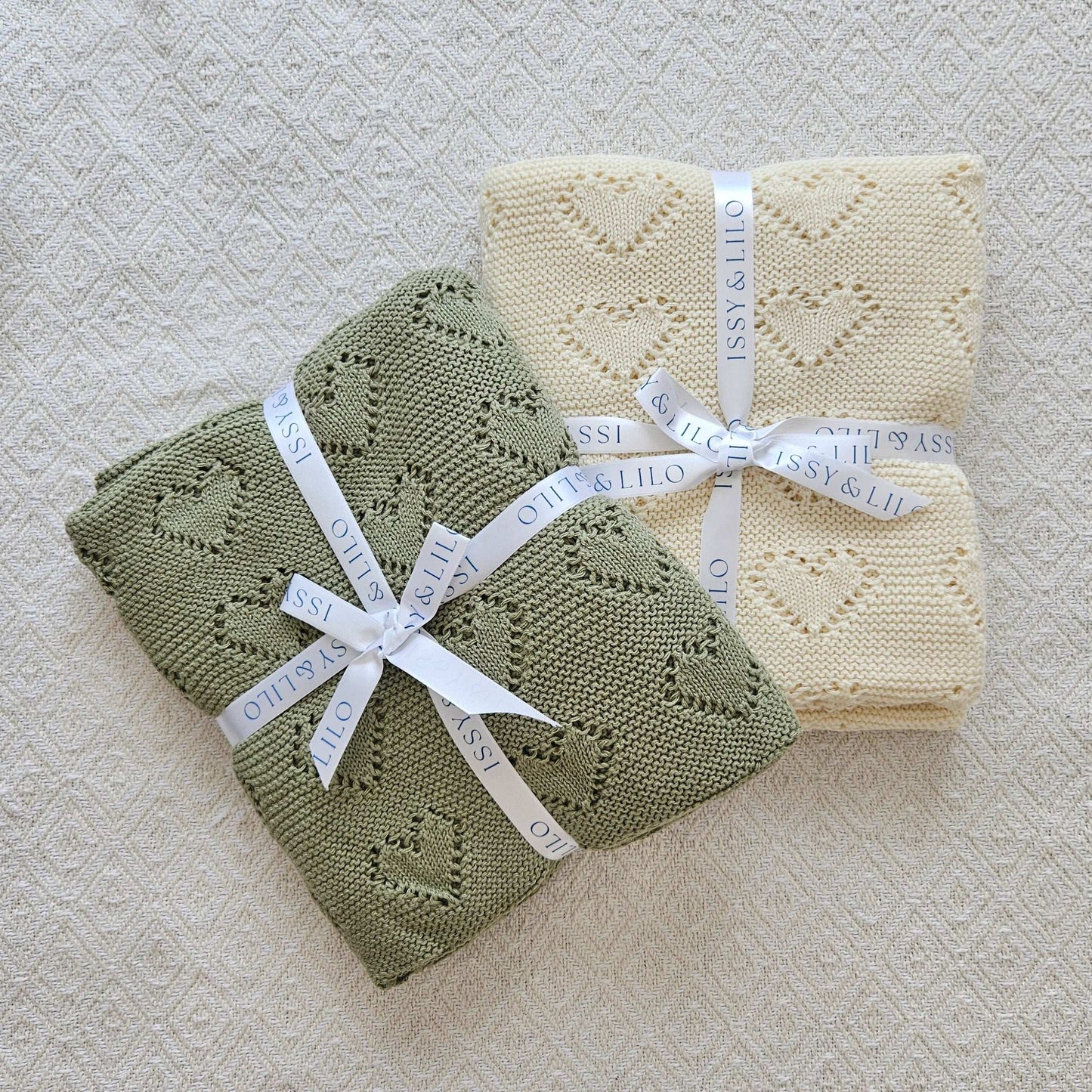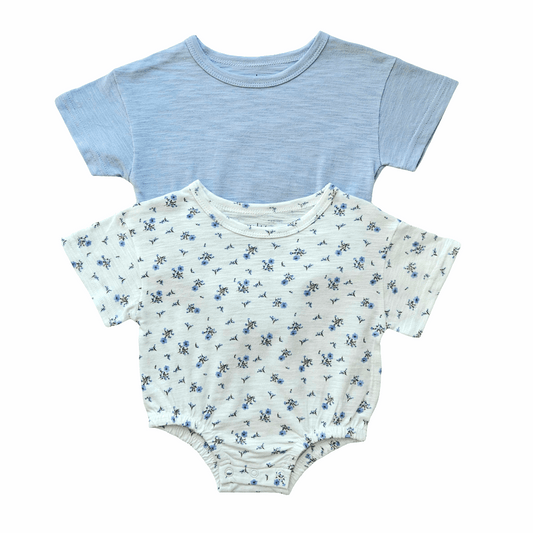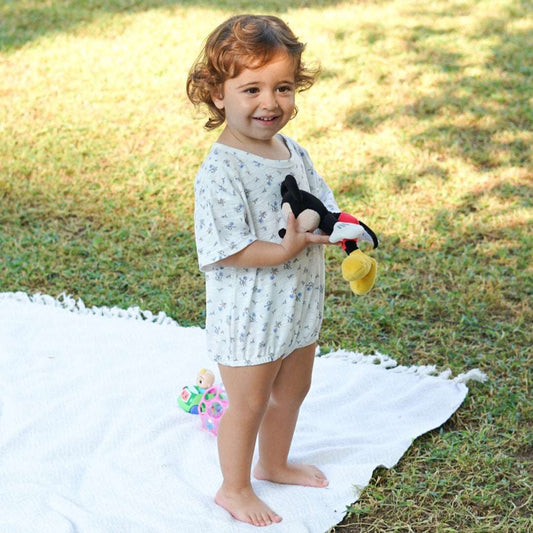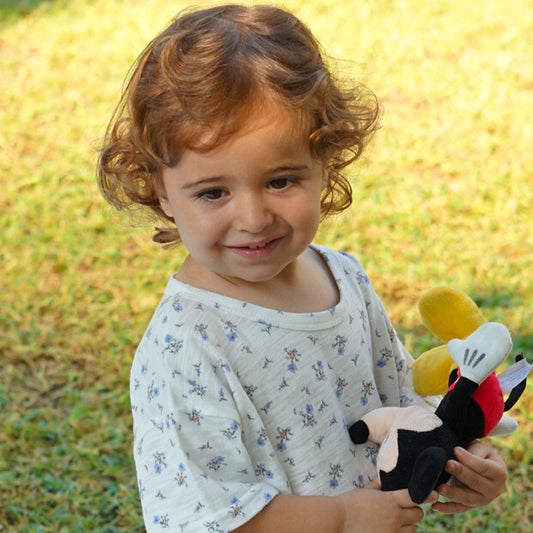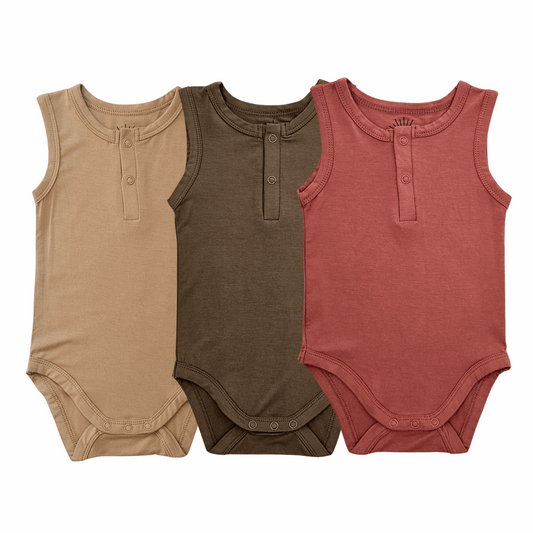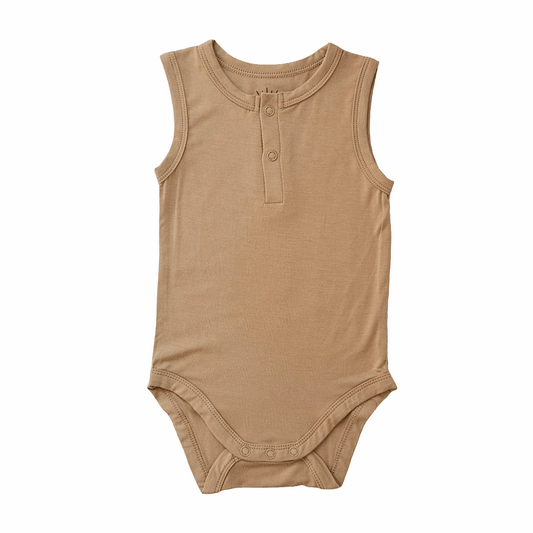As a parent, saying “no” to your baby can feel like an impossible task. After all, you want to give them the world and keep them happy at all times. However, setting healthy boundaries early in life is essential for fostering emotional development, building trust, and helping your baby navigate the world safely and confidently.
This blog explores the importance of boundaries, how to introduce them from the start, and practical tips for setting limits in a loving and effective way.
Why Boundaries Matter for Babies
Boundaries aren’t just for toddlers or older children—they’re crucial for babies, too. From safety concerns to teaching patience, boundaries provide structure in your baby’s life. They help your baby feel secure, understand limits, and begin to develop emotional resilience.
Saying “no” isn’t about being restrictive; it’s about guiding your baby as they explore the world and begin to understand relationships and expectations.
- The Role of Boundaries in Emotional Development
Setting boundaries isn’t just about rules—it’s about fostering your baby’s emotional growth. Here’s how boundaries contribute to development:
- Emotional Security: Clear boundaries help babies feel safe and cared for by providing consistency and predictability.
- Understanding Limits: Teaching boundaries helps babies learn what is safe and acceptable, reducing frustration and confusion.
- Building Trust: When parents set and enforce boundaries lovingly, babies begin to trust their caregivers to guide and protect them.
- When and How to Start Setting Boundaries
It’s never too early to start introducing simple boundaries. Even newborns can benefit from gentle structure in their daily lives.
Tips for Introducing Boundaries Early:
- Create a Routine: Establish predictable patterns for feeding, sleeping, and playtime. For example, using cozy bamboo pajamas for bedtime can signal to your baby that it’s time to sleep.
- Communicate Clearly: Even if your baby doesn’t understand your words yet, your tone and consistency matter. A gentle but firm “no” can begin to convey limits.
- Redirect Behavior: If your baby is grabbing unsafe objects, redirect their attention to something safe, like a soft baby accessory or a toy.
- Practical Examples of Boundaries for Babies
Here are some everyday scenarios where setting boundaries is key:
Safety First
Babies are naturally curious, which is wonderful—but also risky. Teaching boundaries can prevent accidents:
- Example: If your baby reaches for a hot cup of tea, gently say “no” and move the cup out of reach. Offer them a safer option, like a soft playmat or toy, to redirect their attention.
Gentle Touch
Babies often explore by pulling hair or pinching. Teaching gentle touch helps them understand how to interact kindly:
- Example: Say, “Ouch, that hurts,” and guide their hand to pet or touch gently instead.
Eating Habits
Mealtime is a great opportunity to introduce boundaries, such as not throwing food:
- Example: If your baby throws food, calmly remove the plate for a moment and explain, “We keep food on the table.” Offer it back and encourage positive behavior.
- The Power of Saying “No” Lovingly
Saying “no” doesn’t mean being harsh or punitive. In fact, how you deliver the message matters just as much as the message itself.
How to Say “No” Effectively:
- Stay Calm: Use a firm but gentle tone to communicate your boundary.
- Be Consistent: Repeating the same boundary helps reinforce the lesson over time.
- Offer Alternatives: Instead of focusing solely on the restriction, redirect your baby’s attention to something they can do or have.
- Common Challenges When Setting Boundaries
It’s natural to encounter resistance or guilt when setting boundaries with your baby. Here’s how to navigate common challenges:
Guilt About Saying “No”
Many parents worry that setting boundaries might upset their baby. Remember, boundaries are an act of love and guidance. Your baby thrives on structure and consistency.
Tantrums or Frustration
As your baby grows, they might express frustration when encountering boundaries. This is a normal part of their development. Stay calm, acknowledge their feelings, and remain consistent.
- Balancing Boundaries with Affection
Boundaries and love go hand in hand. While setting limits is essential, it’s equally important to balance them with warmth and affection. Here’s how:
- Offer hugs, kisses, and affirmations to reassure your baby that your boundaries come from a place of love.
- Use positive reinforcement to celebrate good behavior, such as gentle touch or sharing toys.
- Be patient—learning boundaries takes time and repetition.
- Tools to Support Healthy Boundaries
Incorporating helpful tools and products can make setting boundaries easier and more effective:
- Bamboo Swaddles: Help establish a calming bedtime routine, signaling sleep time.
- Infant Headbands: Keep your baby’s hair tidy during mealtimes or play sessions.
- Pacifier Clips: Teach your baby to keep pacifiers clean and within reach.
- Organic Cotton Baby Clothes: Provide comfort during activities, helping your baby focus on play and exploration without irritations.
- Long-Term Benefits of Teaching Boundaries Early
Introducing boundaries early sets the stage for a well-rounded, emotionally secure child. As your baby grows, they’ll develop:
- Empathy: Learning to respect others’ boundaries helps them understand kindness and compassion.
- Self-Regulation: Clear boundaries teach children how to manage their impulses and behavior.
- Independence: Structured limits encourage children to explore the world confidently and safely.
The Foundation for a Secure Future
Setting healthy boundaries with your baby is one of the most loving things you can do as a parent. By introducing simple, consistent limits early on, you’re fostering emotional development, building trust, and setting the stage for a lifetime of healthy relationships.
At Issy & Lilo, we’re here to support you on your parenting journey with high-quality baby essentials like bamboo rompers, playmats, and organic cotton newborn clothes. These products not only make parenting easier but also help create a comfortable environment for your baby to grow, learn, and thrive.
Explore our collection today and take the first step toward raising a confident, emotionally secure child.





